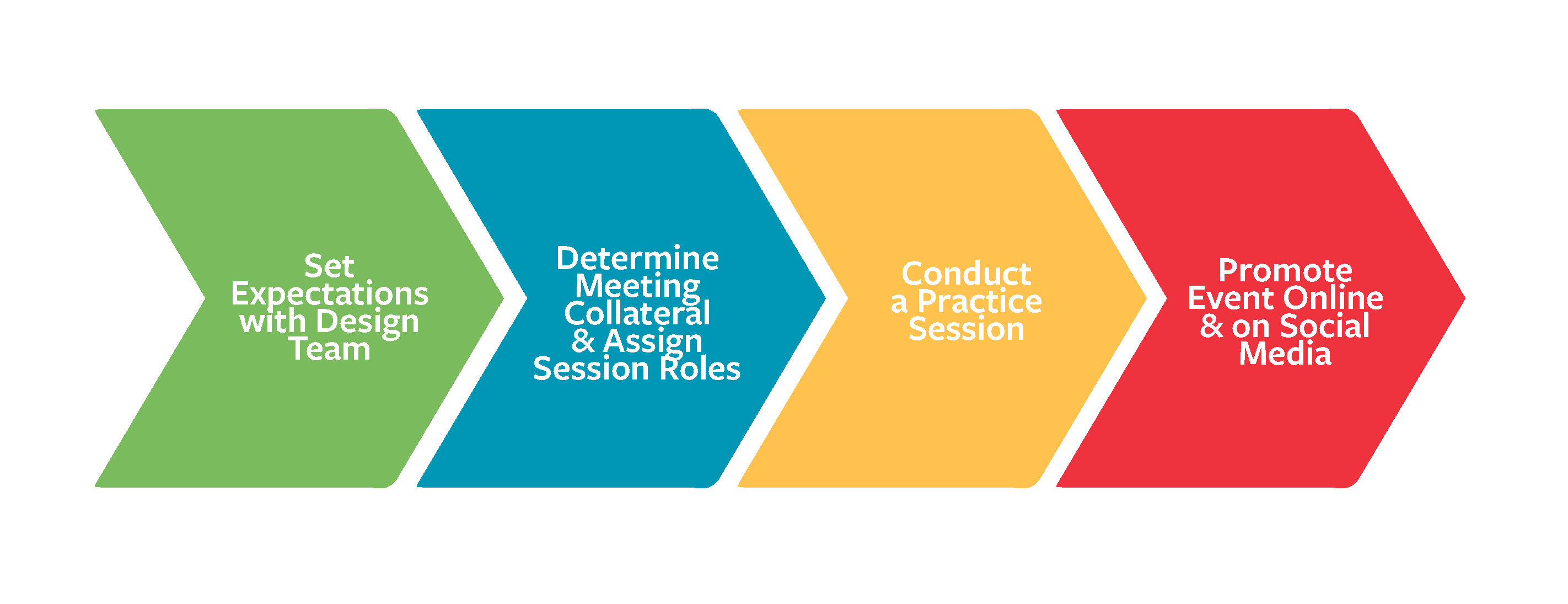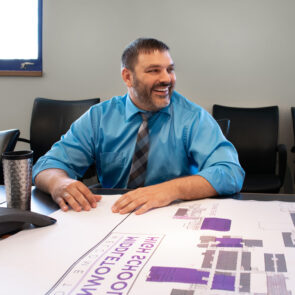Insights
Virtual Community Engagement for School Facility Projects
By
Connecting with community members has changed dramatically in 2020. As school districts continue to move forward with master planning and major facility projects, how they engage with stakeholders and the larger community has shifted online. This change comes with its own challenges and unexpected benefits. Having worked to perfect virtual engagement strategies during the last eight months, we want to share some pros, cons and best practices for school leaders to consider moving forward.
Challenges and Unexpected Benefits
Due to the health risks of COVID-19, conducting in-person only planning or visioning sessions are not an option. By shifting to virtual meetings you are protecting the health and safety of your community while also creating increased access that was previously unavailable in many districts. Now that community members can join a public school district meeting from home, we are seeing participation in these forums increasing.
Additionally, the presentation technology allows for attendees to view materials and design options clearly and more in depth than if they were viewing a screen from the back of an auditorium. The use of technology also makes it easier to collate community feedback data in real time so you can move forward with project decisions much quicker. Initially, it may feel limiting to not have in-person interactive discussions. But, if virtual sessions are planned well, districts can build community buy-in, quickly decide on major design decisions and effectively create smarter places for learning.
Maximize Technology for Community Engagement
When developing virtual community engagement strategies around a planning or building project initiative, there are a few elements to keep in mind. Before building out your virtual approach, decide what kind of community feedback you want and need. Are you looking for overall community buy-in, budgetary trade-off decisions, specific design input or a combination of all three? Once you’ve decided the type of engagement you want, begin to brainstorm the types of collateral you will need to illustrate concepts and ideas.

Be strategic with the options you want to provide to your community, especially during a virtual public forum. Your design team can help you early on to determine and develop these options. We recommend creating a short video of the current spaces needing renovation or replacement, explaining what occurs now and how the new or renovated spaces will enhance the student experience. This helps contextualize the need for your facility project and sets the stage for design discussions.
As soon as you have a clear idea of what you want feedback on and how best to illustrate options, determine the virtual tools you will need to utilize. Set up your meeting via a user-friendly video conferencing system such as Zoom.

Once you choose a platform, consider how you want to structure your meeting. Start by revisiting the type of community feedback you want. Are you simply deciding on the type of color/graphics theming that reflects school culture? If yes, present options and use the survey tool in Zoom. Are you determining a more nuanced decision such as an alternate bid? If yes, provide ample information around the various options and set up break out rooms for individuals to discuss variables in small groups. Break out rooms help community members contextualize complex design decisions and ask questions in a low pressure environment.

During your virtual session make sure you have a designated host that is running the presentation, survey tools and any other functions such as monitoring the chat box and placing attendees in break out rooms. Also, don’t forget to promote your virtual sessions. Share event details on district and school social media channels.
Increase participation by offering multiple dates for community members to attend. Consistency in presentation, online survey questions, break out room discussion topics will allow you to aggregate results from multiple meetings. With this online approach your design team, district leadership and community members can collectively create smarter learning environments for your students…all from the comfort of their homes.
Designing School-Based Health Centers
By Dan ObrynbaSchool-based health centers are becoming integral components of public schools, primarily serving the needs of students and staff, with the potential to also serve the broader community. School-Based Health Centers are usually run by separate
Full ArticleEsports Facilities for Student Engagement
By Steven HerrAs competitive esports becomes a viable career path, educators across the country are embracing these gaming trends and expanding esports programming at their schools. Schools that have adopted esports are already seeing the benefits. According
Full ArticleSmart Schools Roundtable: School Safety by Design
By Zachary SprungerThe tragedy at Robb Elementary School in Uvalde, Texas, has once again brought the issue of school security into the national conversation. In 2020, Fanning Howey hosted a school security webinar featuring Michael Dorn, Executive
Full Article